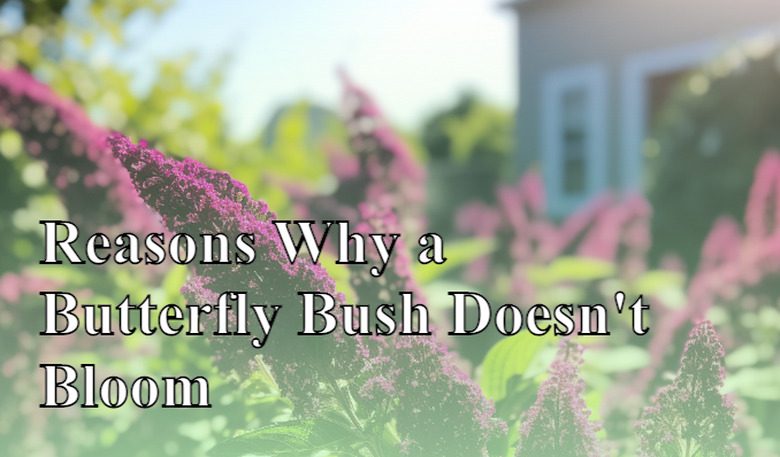Orange Aphids On A Butterfly Weed
Butterfly weed (Asclepias tuberosa) plants attract butterflies, bees and even hummingbirds, but they also attract pests. Orange aphids will frequently be found on butterfly weeds as well as other milkweeds and can be unsightly and damaging if the infestation is heavy. These orange-yellow aphids are called oleander aphids (Aphis nerii) or milkweed aphids.
Description
This aphid is an orange-yellow color. It has black legs and cornicles, which are tubular structures on each side of the abdomen. The aphid expels "honeydew" from the cornicles. Aphids of this variety are believed to be all females that reproduce through cloning. Adult oleander aphids may or may not be wingless. They drink sap from the host plant.
Reproduction
Adult oleander aphids, which are all female, do not lay eggs. Instead they deposit nymphs that are clones. This type of reproduction allows a few oleander aphids to multiply quickly on a plant and become a large population.
Locations
The oleander aphid is found in warm and tropical regions all over the world. It is believed to have originated in the Mediterranean. Wherever butterfly weeds and other milkweeds are found, the oleander aphid can be found as well.
Plant Preferences
Oleander aphids prefer to feed on oleander, wax plant or the many varieties of milkweeds. On butterfly weed, the oleander aphids can usually be found concentrated around the flower stems at the top of the plant, but they will congregate anywhere on the butterfly weed, including the leaves. They are attracted to new shoots, leaves and buds in the spring.
Damage to Plants
Oleander aphids are not especially damaging to the health of the butterfly weed. Heavy aphid infestations on the plant can cause injury, but generally the aphids are more of a nuisance than damaging to the plant. The aphids expel honeydew, and this sticky substance can cause accumulations of sooty mold on the plant that can be unsightly. In heavy infestations, the plant can have stunted growth and malformation of new growth.
Predators
Natural predators for the oleander aphids include parasitic wasps, certain fly larvae and various beetles, including the ladybird beetle or ladybug. The parasitic wasp Lysiphlebus testaceipes will lay eggs in an aphid's body. The emerging wasp will cut a hole in the aphid's abdomen. Aphids that are infested by these wasps will swell and turn brown before dying.
